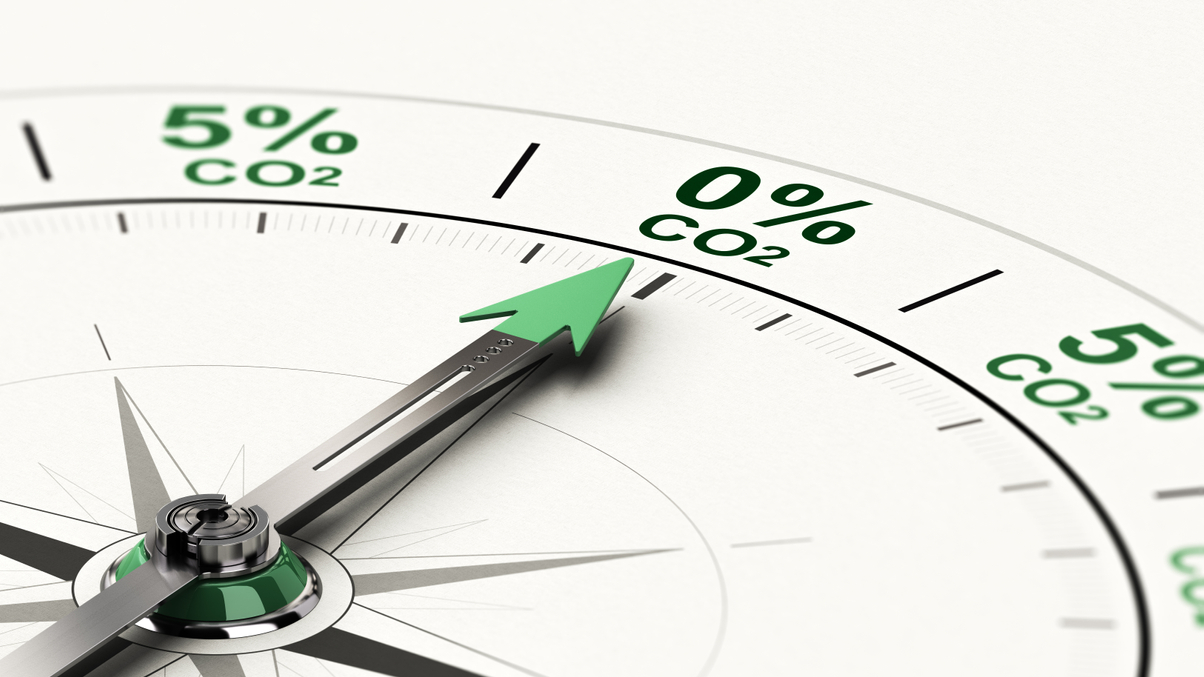APAC institutional pressure on utilities boosting transition plans
Pressure on companies does pay off, as Asia's largest utilities companies cooperate with investor demand for action on decarbonisation, a recently released report says.

Asia Pacific institutional investors are increasingly dealing directly with energy and utilities companies in the region to accelerate the work of decarbonising their operations.
Sign in to read on!
Registered users get 2 free articles in 30 days.
Subscribers have full unlimited access to AsianInvestor
Not signed up? New users get 2 free articles per month, plus a 7-day unlimited free trial.
¬ Haymarket Media Limited. All rights reserved.


